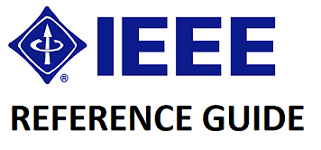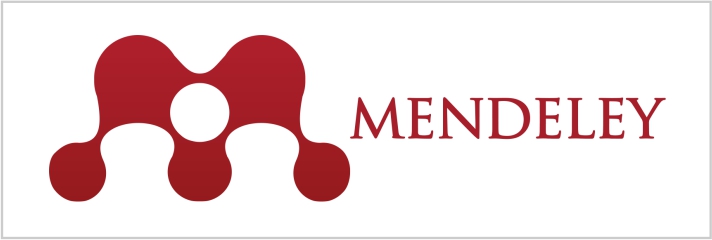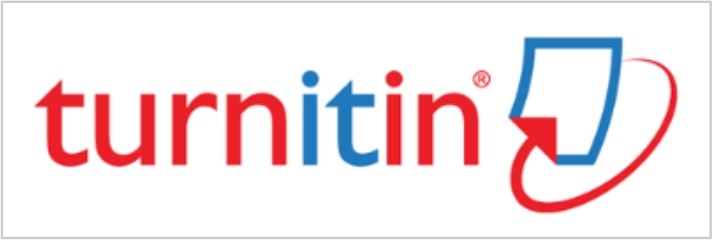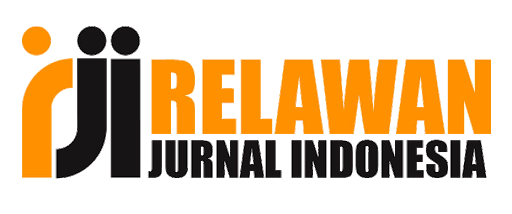OPTIMIZATION OF INDOMARET'S BUSINESS STRATEGY IN JAKARTA THROUGH DATA MINING AND INFORMATION SYSTEM TECHNOLOGY
DOI:
https://doi.org/10.70429/sjis.v3i1.170Keywords:
Data Mining, Information Systems, Business Strategy Optimization, Indomaret, Retail, JakartaAbstract
This study aims to analyze the number of Indomaret outlets in Jakarta by utilizing information
systems technology and data mining techniques. Using quantitative data from 500 Indomaret
locations, the analysis was conducted to identify distribution patterns and the factors influencing
outlet growth. Clustering and linear regression methods were employed to evaluate the relationship
between the number of outlets and demographic and economic variables, such as population density,
per capita income, and distance from the city center. The analysis results indicate a significant
relationship between population density and the number of Indomaret outlets, with a regression
coefficient of 0.75 (p < 0.01), meaning that every increase of 1,000 people in population density is
associated with the addition of 3 Indomaret outlets. Clustering analysis also identified three strategic
location groups with high growth potential. The main contribution of this research lies in integrating
data mining methods with spatial analysis to understand modern retail expansion in urban areas—an
approach that is still rarely explored in previous studies. These findings not only enrich the literature
on data-driven retail location analysis but also provide practical insights for industry players in
formulating data-based expansion strategies. This research offers valuable insights for Indomaret’s
management in making strategic decisions regarding expansion and store placement, demonstrating
that the use of information systems and data mining is effective in supporting quantitative analysis
for business development in the retail sector.










